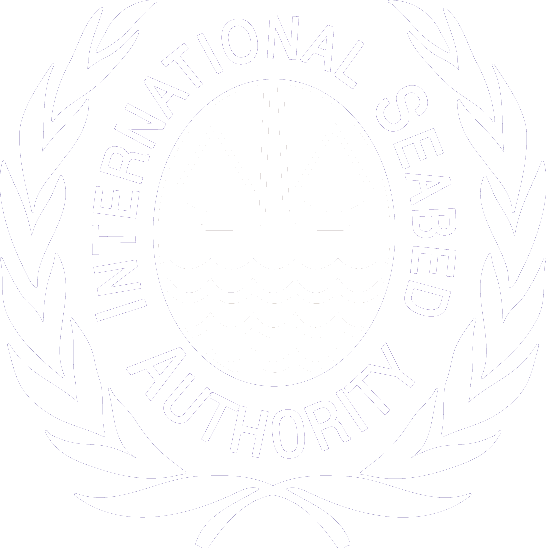During a side event on the margins of the 28th session of the Council of the International Seabed Authority (ISA) on 19 July 2023 celebrating the one-year anniversary of the launch of the Sustainable Seabed Knowledge Initiative (SSKI), ISA and the World Register of Marine Species (WoRMS) introduced a species checklist for the Clarion-Clipperton Zone (CCZ) in the Pacific Ocean.
SSKI was launched in June 2022 to facilitate the generation and use of knowledge of the deep seabed to support its sustainable management. The CCZ species checklist is the result of a collaboration between ISA and WoRMS, and one of the outputs foreseen in the SSKI workstream on integrative tools to facilitate species identification.
In his opening remarks, the Secretary-General of ISA, H.E. Mr. Michael W. Lodge, highlighted the challenges related to the sustainable use of the ocean and its resources and the need to find a balance between human activities and environmental conservation measures, as enshrined in the United Nations Convention on the Law of the Sea and the 1994 Agreement.
“Broad collaborations through initiatives like SSKI are essential to advance our understanding of deep-sea ecosystems and biodiversity. The knowledge it will allow to generate will inform decision-making for activities in the international seabed area (the Area) but also other global processes and agendas such as the United Nations 2030 Agenda for Sustainable Development, the recently adopted BBNJ Agreement and the Kunming-Montreal Global Biodiversity Framework,” Secretary-General Lodge said.
What is the CCZ species checklist?
The checklist is a dynamic register of species that can be found in the CCZ region. It currently includes taxonomic information and geolocation data of the occurrence of 282 species. Data in the checklist is Findable, Accessible, Interoperable and Reusable (FAIR) and will be updated as new species are described and new occurrences are recorded.
Why is it important?
The CCZ is currently being explored for mineral resources and might be targeted for future exploitation. The species checklist is essential for ISA exploration contractors and the scientific community to support taxonomic identification and harmonization of regional baseline studies. It will allow more robust assessments of spatial and temporal patterns of biodiversity, potential impacts of human activities and levels of recovery.
The checklist will also provide the scientific basis to inform environmental impact assessments and regional environmental management planning, and support the implementation of global goals and policies for the conservation and sustainable use of marine biodiversity and ocean resources.
How was the CCZ checklist produced?
In the past decade, there has been a significant increase in taxonomic identifications and the availability of data for the region. This growth has created a need for the first all-encompassing compilation of CCZ biodiversity, covering all faunal size classes. The CCZ species checklist was compiled from scientific research on records of species occurring in the CCZ originally published in Current Biology.[1]
What is next?
The CCZ species checklist will be updated and improved as new species are described and new occurrences are recorded. Currently, the checklist only includes benthic metazoan species. In the future, pelagic species will also be included.
SSKI also aims to facilitate the development of species checklists for other regions of the Area currently being explored for mineral resources, species identification field guides and taxonomic keys linked to the ISA DeepData database and other relevant databases.
Access the checklist
https://www.marinespecies.org/deepsea/CCZ/
For media enquiries, please contact:
Ms. Shanique Gregory, Senior Communications Assistant, ISA, sgregory@isa.org.jm
[1] Rabone, Muriel, Joris H. Wiethase, Erik Simon-Lledó, Aidan M. Emery, Dan O. B. Jones, Thomas G. Dahlgren, Guadalupe Bribiesca-Contreras, Helena Wiklund, Tammy Horton, and Adrian G. Glover. 2023. “How Many Metazoan Species Live in the World’s Largest Mineral Exploration Region?” Current Biology, May. https://doi.org/10.1016/j.cub.2023.04.052.


